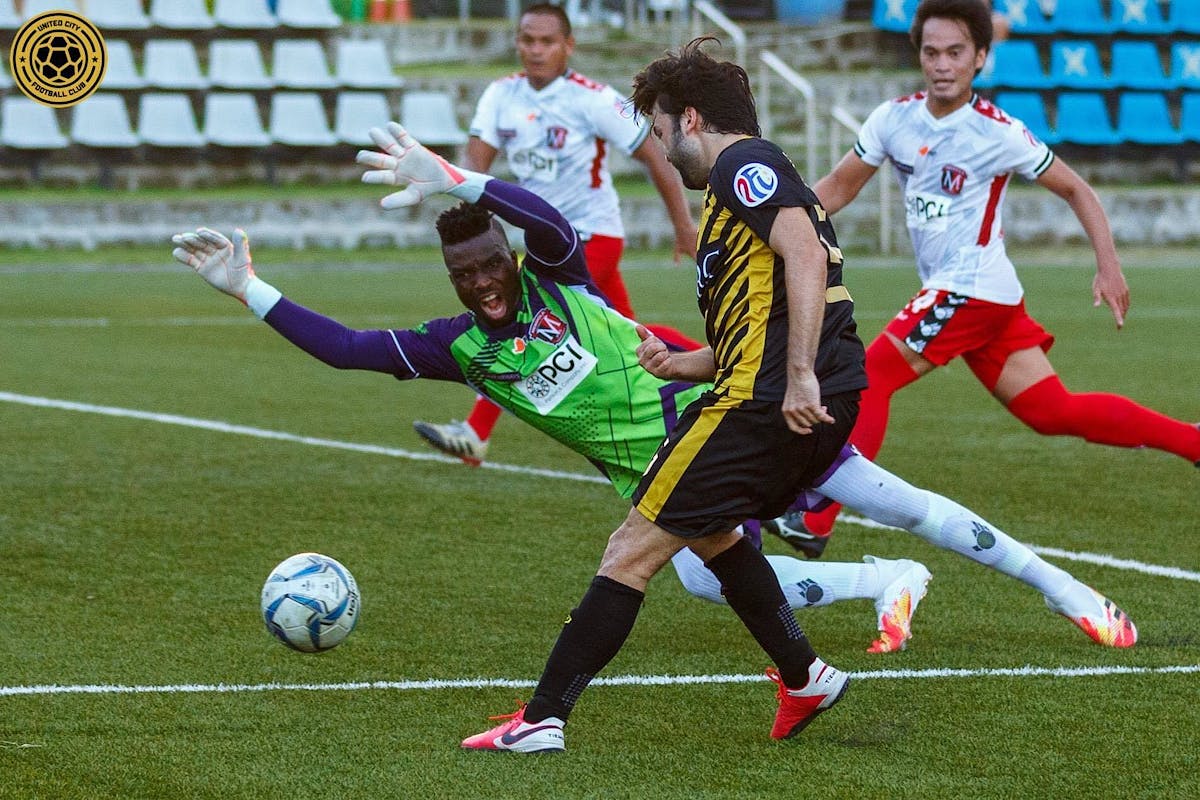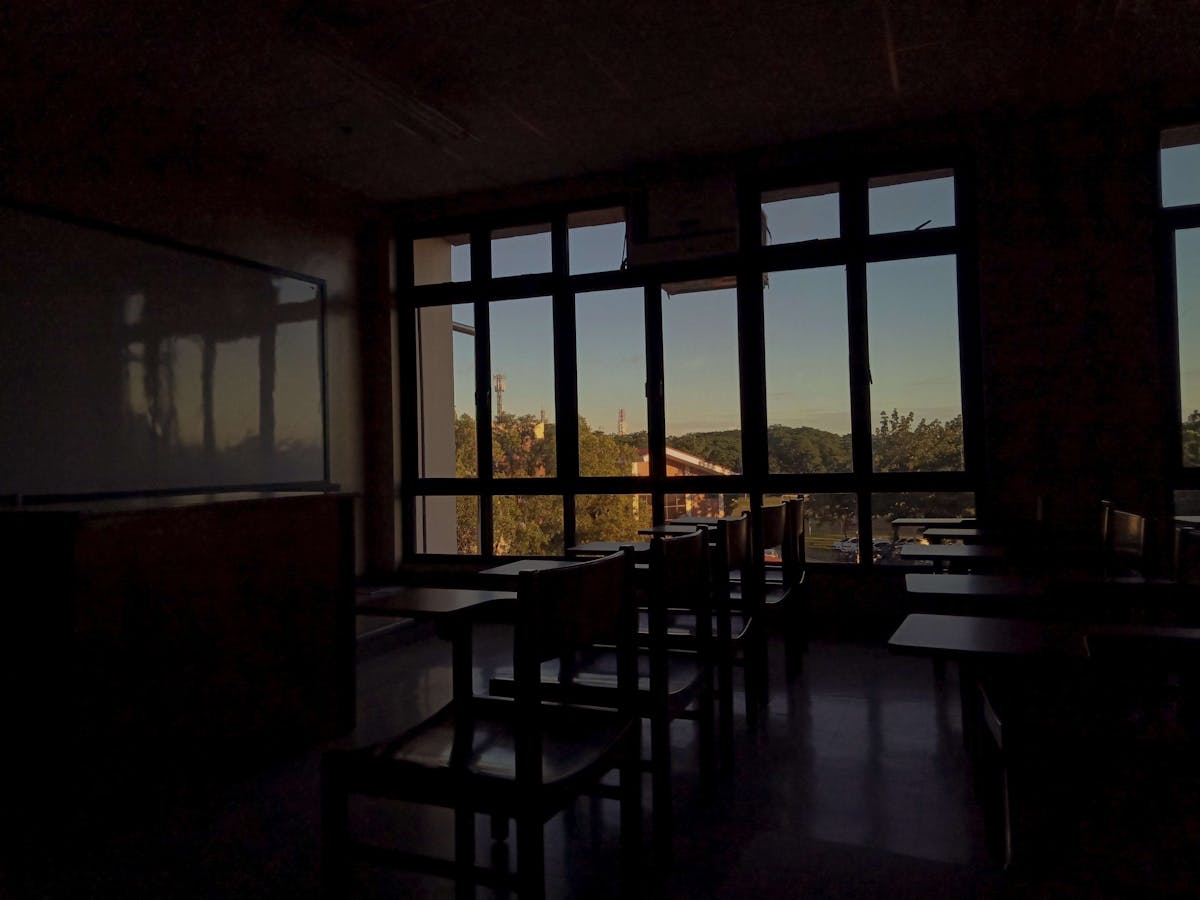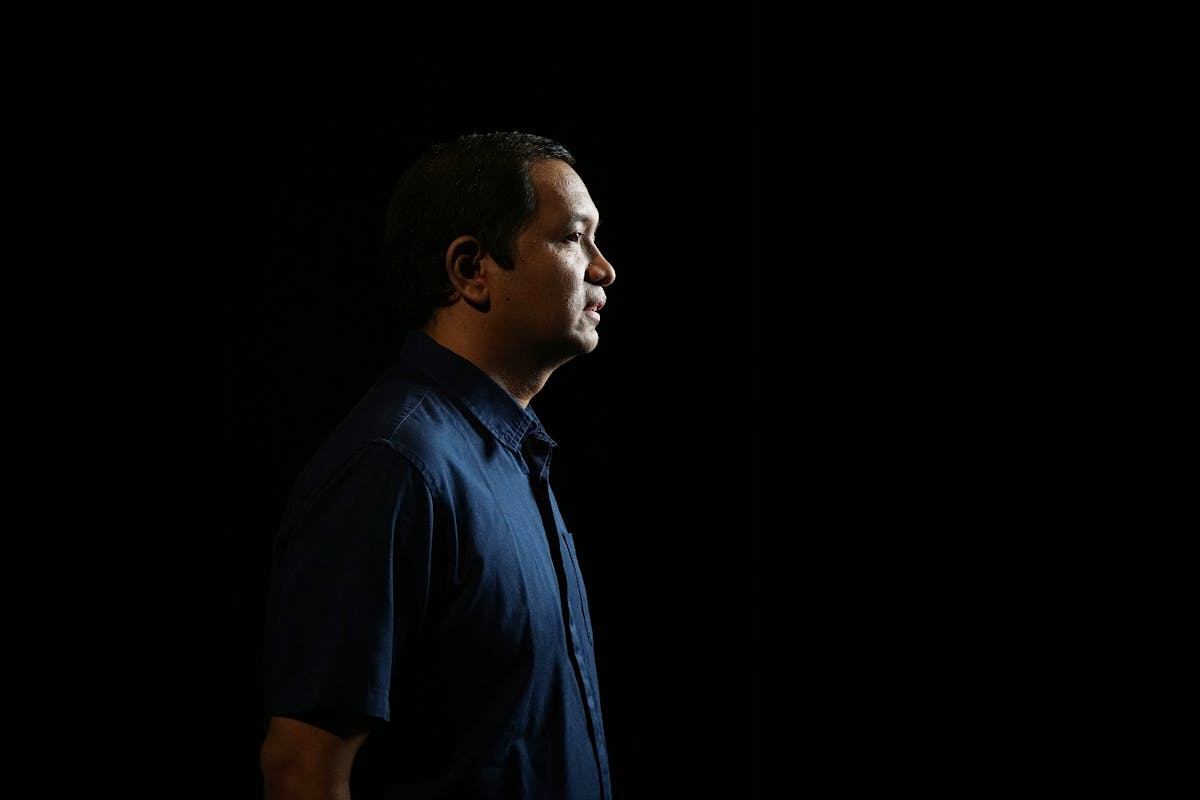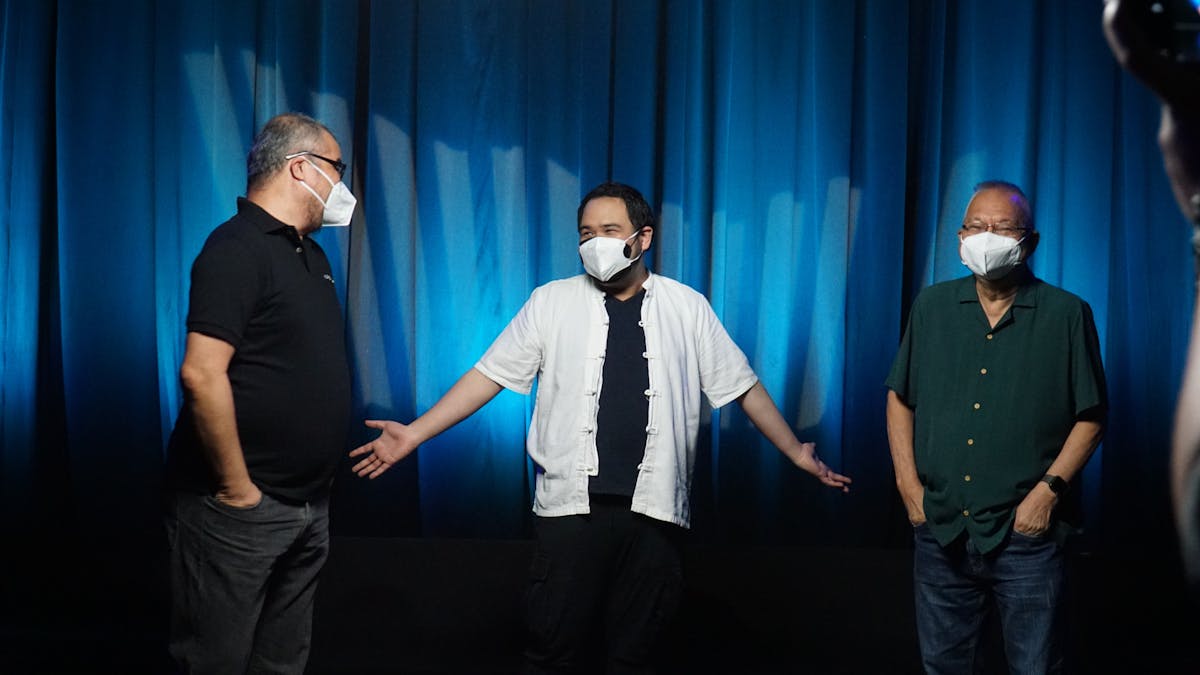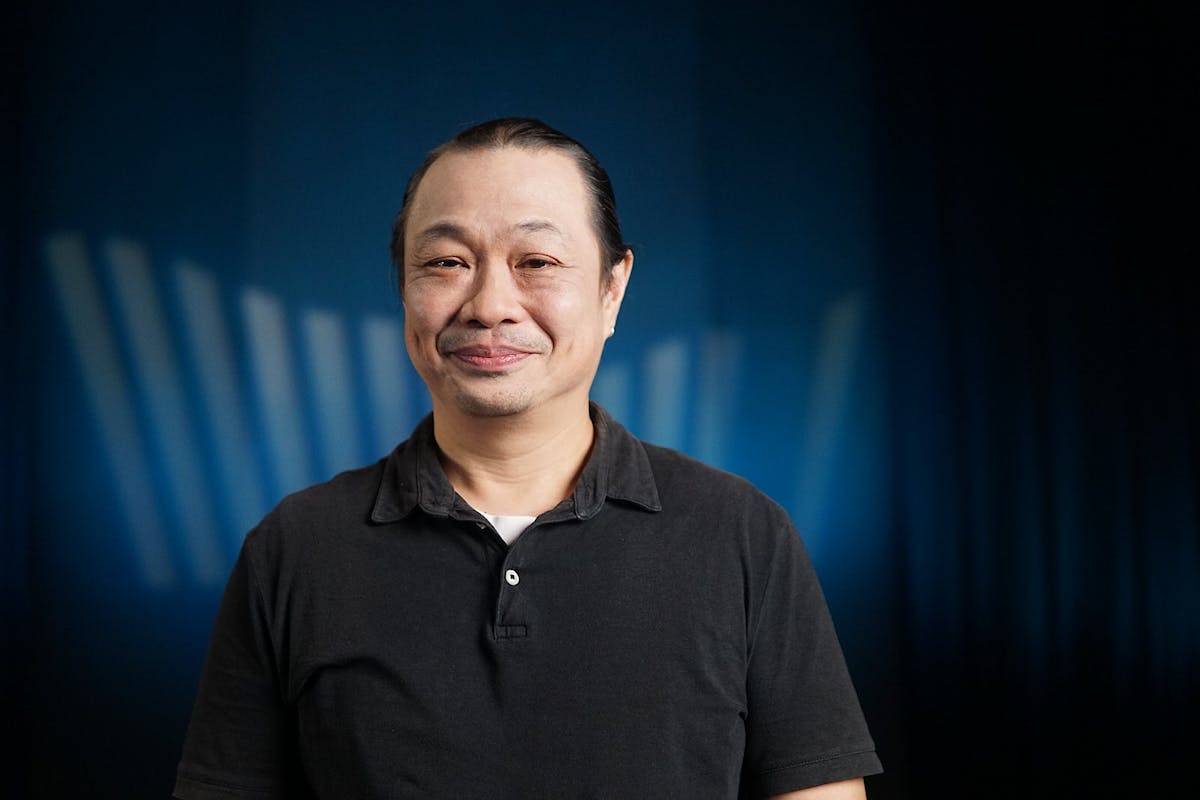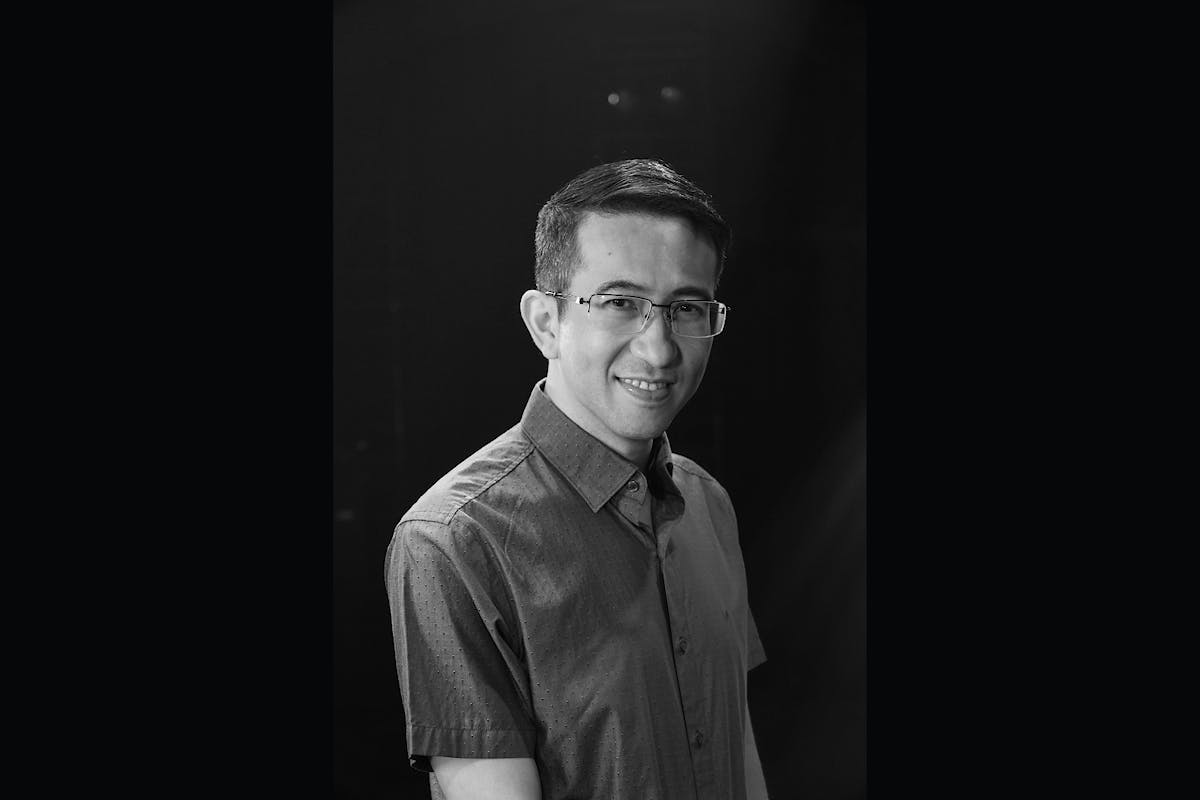
Our Way Forward
Online Learning in the time of COVID19: A Computer Science Educator’s Point of View
I am a faculty member of the Ateneo de Manila University. As part of the Department of Information Systems and Computer Science, I teach subjects in fields of data networking, big data processing, operating systems, and systems administration.

I am a faculty member of the Ateneo de Manila University. As part of the Department of Information Systems and Computer Science, I teach subjects in fields of data networking, big data processing, operating systems, and systems administration. As a member of the computer science faculty, I am an avid user of online technology for educational purposes and have been doing so for over a decade. I strongly believe in drinking our own Kool-Aid.
Most of the time, technology is used to supplement my classes. The learning management system provides a frame for learning. I provide reference materials online including my content such as lectures and reference links. I also put my activities online being an active user of online quizzes and assignments. My classes can be quite large so I like that online quizzes check themselves. I do teach a few graduate courses in predominantly online mode particularly for off-site campuses.
On March 11 2020, our University decided to do a dry run of moving fully towards online education. This was to be scheduled from March 12 to 18. This was to enable students to Learn from Home (LFH). At this point in time, the COVID19 pandemic was spreading rapidly around the world and cases of possible community transmission were making the headlines. The dry run was to ready the University for the up and coming crisis including getting into online learning as things seemed to be escalating. After a few days of our dry run, on March 13, the entire Metro Manila was to be placed on Community Quarantine (CQ). We decided to proceed with our dry run with the mind that this might not be limited to a dry run and will be made the primary mode of instruction for an extended period of time. At this time, the University was already preparing laptops and data USB sticks for loaning out to students and faculty that would need them. These assets were to be distributed on March 17-18. Many stepped up to the challenge and helped with the preparations. The goal was to leave no one behind.
Data from the initial stage of the dry run started to come in from both from the student council and various units around the University. The initial data showed that around 12% of students had difficulty with Internet access and access to computing resources. This roughly reflects the reality of Internet connectivity in the country. Hence, help was needed on this front.
Despite the valiant efforts of many at the University to get these assets ready, time was not on our side. The entire Luzon island was placed under stricter Enhanced Community Quarantine (ECQ) on March 16 restricting movement. We were now caught in a bind. We had no more time to distribute these assets to those who needed them.
On March 17, the University released a memo with guidelines on how to proceed with online learning. Further guidelines were released on March 20. The general guidance was to be as compassionate as possible while still providing access to online learning assets in the spirit of cura personalis.
The entire experience has raised a lot of concerns:
- How do we provide proper education to all students if some of them possibly have connectivity and other resource issues?
- How do we balance between faculty and students under genuine distress and those that truly need something to do while waiting out this crisis?
- How do we stay true to our mission as educational institutions in these trying times?
This may not be the only situation where access to educational premises and resources would be curtailed. This is likely not the only mega-virus that would impact us as well. My view is that we should also embrace this new way of learning and find a way to make it work. The future may call for its use again.
Many of us have experienced various modes in which technology has been used for learning. The most popular distinction is between synchronous versus asynchronous delivery.
Education has always used a combination of these modes of delivery. Homeworks, supplemental references, and projects tend to be asynchronous. While, classroom lectures tend to be synchronous. However, technology does provide us additional tools to better take advantage of both.
Here are examples of how the blending of the two can be used:
- Live video lectures using video conferencing can be recorded and uploaded for later viewing. These recorded lectures can be streamed and uploaded to video streaming services. With a lot of online services available, the cost of video streaming and recording has dropped to zero. In addition, content from major video streaming services (ie. Youtube, Facebook, and Twitch) are delivered by Internet service providers (ISP) using content delivery networks that optimize delivery of videos to students despite having limited or erratic connectivity. Lastly, the bandwidth needed for non-live streaming is less demanding than that of live streaming. This helps those with connectivity issues catch up with the live sessions.
- Online quizzes and assignments can still be scheduled to align with the learning progression designed for the class. This allows teachers to give structure to better align with learning goals. But, they can also be delivered over a longer period of time. Unlike traditional pen and paper quizzes that are easier to administer in a single live session, there are many assessment delivery systems that make it easier for teachers to offer this over a period of time. This gives better consideration to the difference in pace of students. It also allows for extended time tables in the event of special circumstances like the current COVID19 crisis.
- Group interaction is generally facilitated in the form of message boards (asynchronous) and online group chat (synchronous). It is fortunate for us that online group chat has now gone mainstream. As a form of real time communications, people are already quite familiar with it and use it on a day to day basis. The ability to have group discussions over a digital environment is made easier with this technology. Chat groups have also allowed a means for those with poor connectivity to catch up with the class through their teacher or peers. This makes for a digital collaborative learning environment. However, group chats are prone to an overflow of messages making it difficult to “backread”. This is because group chats are not organized thematically As such, message boards are more ideal. A discussion can cover a particular theme or topic. The responses for each topic are consolidated into a single thread. This gives the discussion some form of organization while allowing easier offline review.
These are just a few examples of new ways of blending that is made possible with more modern tools available. The good thing is that a lot of these tools are already being used by students in a non-academic setting such as video streaming, group chat, and message boards. With sufficient connectivity, students can take advantage of synchronous mechanisms and tools. Without sufficient connectivity, students can resort to more asynchronous means. The right mix is always somewhere in the middle.
After the first few days of the dry run, I did a little survey to get some feedback. I have 35 students and the survey has 20 respondents. I ran the survey after my first live session. All 35 students attended the first online class. The class is composed of a roughly even mix of graduate and undergraduate level students.
Although a few students had issues, 90% of students rated the online learning above average. It is also observed that 90% of students were satisfied with their Internet connectivity. This shows that online learning satisfaction is likely directly proportional to satisfaction with Internet connectivity. Only 15% of students need to use mobile broadband for access (ie. Globe or Smart). The rest has regular fixed broadband access (ie. Globe, PLDT, Coverage, Sky, and others). This could also explain why Internet connectivity was sufficient for the class.
I used Google Hangouts for the live session. 35% encountered some issues with audio and 15% encountered issues with the video. All of them have no issues with logging into Hangouts, following the discussion, and use of its chat functionality. 25% of students rated below average satisfaction with the live session. But, 70% were very very satisfied that a Youtube recording was made available. So this clearly shows that live delivery still has its challenges.
90% of students preferred an asynchronous delivery mode. The most popular tool used was the Youtube video and the sample source code. Lastly, 95% of students would like to see online learning continued.
Although promising, these results are likely not representative of the average University student. These are computer science and IT-related degree majors. They already have computing assets like laptops as part of the daily learning toolkit. I already require the use of Moodle LMS as part of the course. My activities are all organized and posted there. Even before the events of the ECQ, the LMS is already the single point of interaction for the student. They are already used to interacting with an LMS. I believe part of the high degree of acceptance and satisfaction is that these students are already used to it.
On September 26 2009, Typhoon Ondoy struck the Philippines. Typhoon signal number 1 was raised over Metro Manila. At that time, that meant that undergraduate and graduate college students could still have classes. I taught my regular CS 154 class in Ateneo at that time.
Typhoon Ondoy went on to become one of the most destructive natural disasters of the 2009 typhoon season. Naturally, classes were suspended. However, the suspensions happened at the end of that semester. Final exams and projects were naturally cancelled due to the timing of the disaster.
This was one of those times that extreme consideration needed to be extended towards students. Many students at that time lost their homes. It was quite difficult for them to return to school. As a faculty, we decided to use existing grades as the basis for their final grades. For those students who had a failing class standing, they would be given a special make up activity as an opportunity to get a passing grade. Extending a wide berth was the call of the moment.
As we now face another disaster of much larger scale, the COVID-19 crisis and the ECQ that was imposed with it has created a number of unique challenges for all of us.
As conscientious educators, we would like to continue giving access to quality education to students using any of the means available to us including the use of online learning technology. For those students who are able, they could use this time to continue with their education. This allows them to make positive use of the time given to them.
As good neighbors, we are also aware that circumstances may not be ideal for all teachers and students. Access to the Internet is just one of those challenges. However, the bigger challenge is for those who have limited means to address this on-going crisis. This could be financial, societal, or logistical. We understand that this does not provide the ideal environment for learning. We do need to provide sufficient space for these fellow neighbors to address their challenges. In this time of crisis, we should be compassionate.
As patriotic citizens, we should do our part during this ECQ. We need to stay safe, indoors, and follow the rules prescribed by our civil officials. At the same time, we continue to perform our own respective roles in society - as teachers and students. A quarantine does not mean life stops. We do our share. We soldier on.
Fortunately for me, the University subscribes to the same philosophy. In the memos dated March 20 and April 7 2020, more detailed guidelines were provided to us.
The key messages being:
- Education must continue to be made available.
- Learning must be self-paced allowing students to follow it at their own pace and time.
- A proper support system between students and teachers must be made available to help those in need.
- Activities during the ECQ should have no assessment resulting in grades.
- Teachers must aim for parity.
- Everybody gets a grade of “P” (with a few exceptions).
- ... and you get a refund.
One month has passed since the ECQ was imposed on us. The situation is still extremely fluid. But like any crisis, this too shall pass. However, things will never be the same again. We need to prepare ourselves for situations like these that may arise again in the future. This has forced us all to have a closer look at how we do things. This will force institutions to evolve.
- Increased use of technology in teaching. Online learning technologies such as course management systems, learning technology platforms, interactive delivery platforms, online assessment tools, and video streaming will become more mainstream even during non-quarantine times. Personally, I was forced to learn how to use online broadcasting software to pre-recorded walkthrough screencasts of my hands-on demos and lectures. The barriers to adapting these technologies will slowly fall aside because of this pandemic. They will not likely stay barriers when the quarantine is over.
- Learning will be in the cloud. Educational assets and learning management systems will increasingly be made available on the cloud (whether private or public). This means they are accessible in and out of the campus. Internet accessibility is now a must. Fortunately, for my classes, I have converted most of my laboratory exercises into software. Technology like virtualization and simulation help. This allows the execution of laboratory activities in software. A benefit of computer science. For example, even chemical modeling can be rendered in software and be brought to the cloud (ie. NWChem or online stoiciometry calculators). While not quite the same as measuring and mixing in an actual physical lab, it is all we have in times like these. Cloud breaks the bounds of space.
- New paradigms for asynchronous and hybrid learning will gain traction. Teaching will no longer be predominantly done in a physical classroom at a specific point in time. Take home work and non-real time interaction will gain more prominence in education. Asynchronous learning breaks the bounds of time.
- Always On Learning. To beat the constraints of time and place, learning systems will have to be designed to always be available. This means platforms for learning are available 24x7 online. This allows a broader range of possible interactions outside of a physical time-bound class. Adaption of long running interactive forums and online course management systems will help this along. This eliminates time constraints for certain classes of students like graduate working students. The future classroom is a “always on” in the classroom.
- Born Online activities will emerge. New forms of learning will emerge and they will be born online. They will only make sense online. This means they could not have been done in a traditional physical classroom setting. An example is a place and time bound game like Charades turned digital called skribbl.io. But skribble.io is actually a totally different game when rendered online. We will begin to see similar tools and incarnations online.
As educators, we must continue to push the envelope and find ways and means to improve our delivery. If this is the evolution of teaching then we must evolve. We must continue to plan for a scenario that the quarantine may be extended beyond the current specified period. We live in challenging times. The current crisis has made the delivery of education difficult for most and impossible for many. The use of online learning technologies can help us continue to fulfill our mandate of providing quality education. We have a long way to go and a lot to learn. But, it is my hope that we continue to enhance our use of these technologies. In time, we will get better. We must get better because this is the future of learning.






